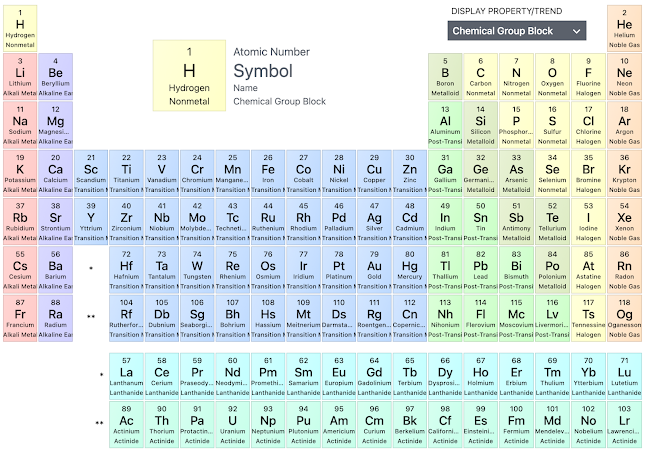Ep 10.5 Bonus - Extra Salt
Listen to "Ep 010.5 Bonus - Extra Salt" on Spreaker.
17th Century Salty Chemicals
Link to the Episode:
Mesmerizing Crystallization Videos:
Lime - this refers to a whole slew of Calcium (Ca) based chemicals
Limestone - CaCO3 comes in 2 flavors:
Very small crystals - usually from compressed shell piles - we know this as chalk. And the White Cliffs of Dover
Larger crystals that have solidified out of water - usually in caves. This is what we think of as "classic limestone"
Both of these substances - when heated - become Quicklime - CaO, and give off CO2 or carbon dioxide. In fact lime manufacture was an early source of "manufactured" CO2 .
A small amount of water is added to the Quicklime and it becomes Slaked Lime Ca(OH)2 . It is a fairly stable This is what is called "Cal" "Cal Mexicana" currently at Mexican and Latin American groceries, and is used to nixtamalize corn. And when you look at the ingredients of corn chips or corn tortillas and it says "trace of Lime" this is what they mean.
Dissolve Ca(OH)2 in water - and you have "lime water". See above. This is more basic than baking soda water, but less basic than lye.
Lime is also an important component of fertilizers - both then and now.
Sal Ammoniac - this is ammonium chloride, NH3Cl
Because this chemical was legendarily isolated from camel dung at the temple of Jupiter Ammon in Egypt, that apparently is why NH3 is "Ammonia".
This is another chemical used in making explodey stuff, so in pre-industrial Europe, during wars, farm dung piles were raided by the Army and Navy to get the chemicals they needed to make gunpowder and exploding shells.
Natron - mainly Na2CO3 , sodium carbonate, but often has some NaCl, sodium chloride and NaHCO3 mixed in when it comes from a natural source. However, once sodium carbonate was manufactured, it was often called Natron. This is the main chemical the Egyptians used to dry out their mummies - if you were well to do. If you were poor - just plain salt for you.
Washing Soda - Also Na2CO3 , sodium carbonate - but a hydrated form. Na2CO3 * 10H2O. This was made by dissolving sodium carbonate in water, and then drying it out for the crystals, As a base, it was good for bleaching, and breaking up the grease and fats that made up much of the "dirt" in clothes. This is also why women who worked in laundries had rough, red skin. They spent their day's up to their elbows in a basic solution.
Pyrite - Fools Gold, FeS, Iron sulfide. and Fe2S3.
For people who knew what was what, pyrite was very useful for fire making. The iron in it means it would strike a spark when paired with a flint rock. And unlike using an iron knife, you weren't in danger of damaging the knife, and pyrite won't rust.
People who don't know what is up were CONTINUALLY fooled by iron pyrites since the are a shiny gold color. Since gold is very easy to melt and scratch or dent, those who were fooled by pyrite were either very ignorant of minerals, or really wanted to be fooled.
Brimstone - Sulfur. (No, not a salt, but something worth knowing)
When burned it combines with oxygen and makes lots of stinky compounds. Sulfur plays a big part in making egg yolks yellow, and what is responsible for "rotten egg" smell.
And yes - part of gunpowder.



Comments
Post a Comment